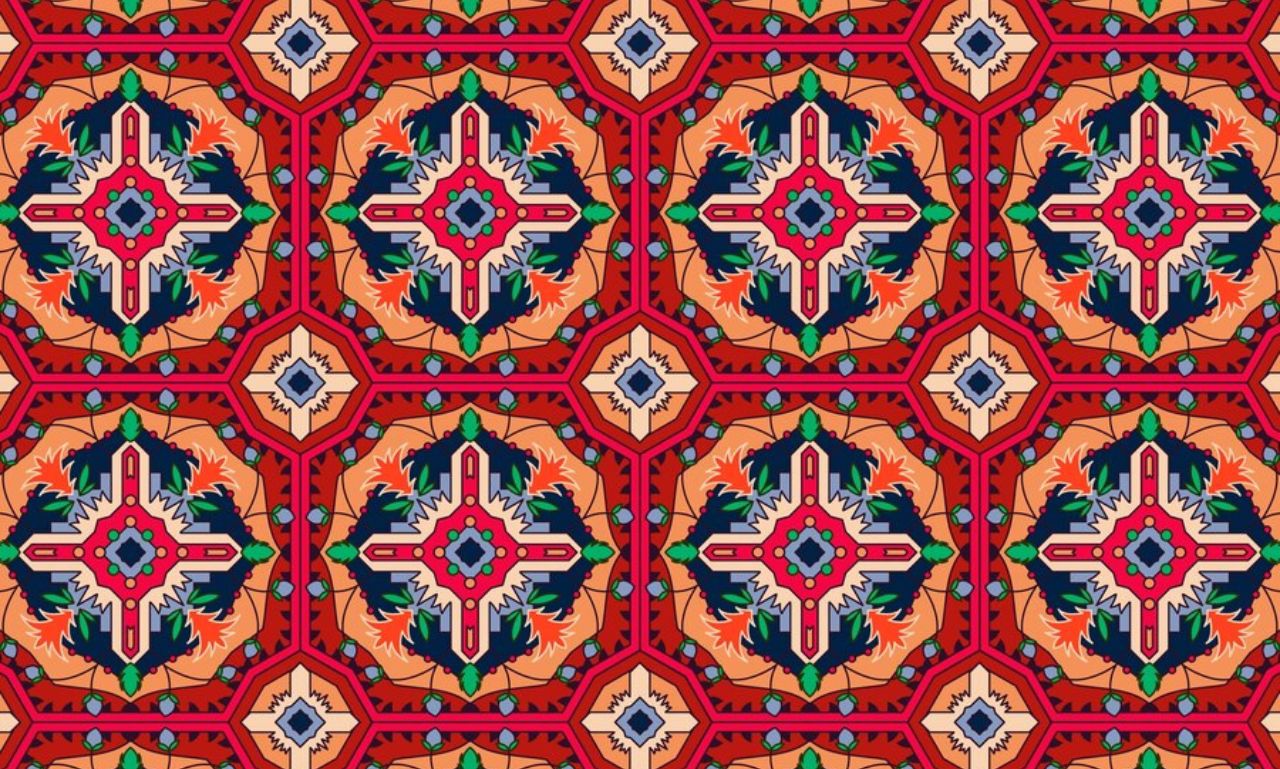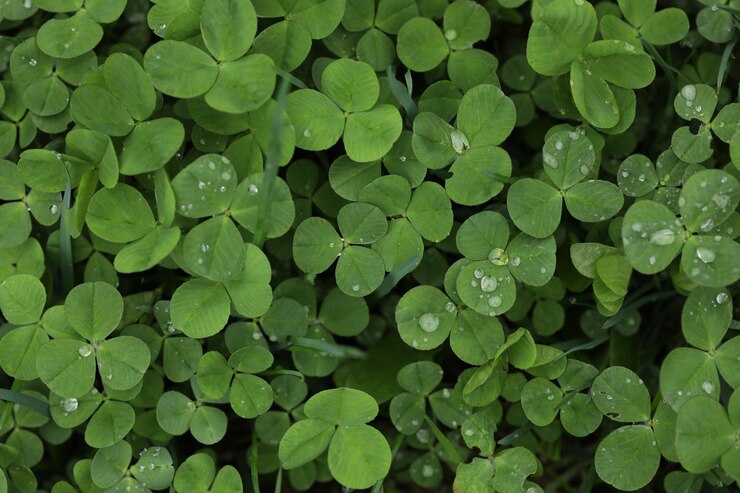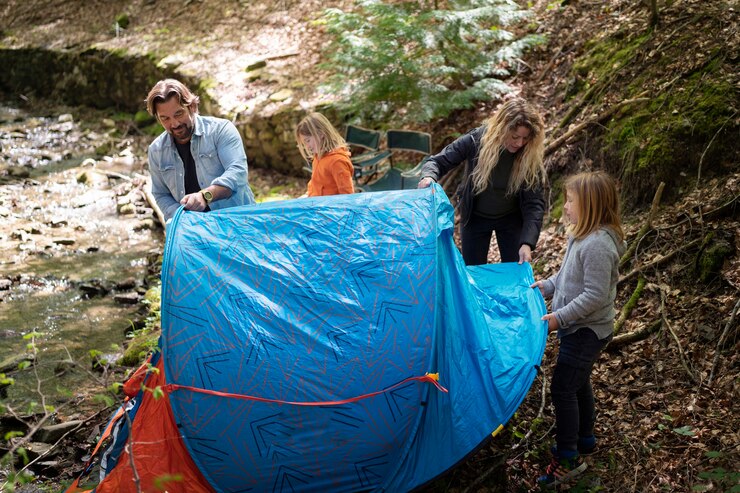In a world that constantly evolves, some traditions seem to weave their way into the fabric of our modern lives. Clochant is one such ancient practice, steeped in history yet echoing through contemporary culture. But what exactly is clochant? It’s a term that conjures images of bell-ringing ceremonies and community gatherings, where sound transcends time and connects generations. As we navigate this fast-paced era, the art of clochant holds profound significance—not just as an echo from the past but as a thread tying us to our roots.
As urban landscapes expand and technology reshapes daily life, clochants face unique challenges. They carry stories of resilience amidst change, inviting us to explore how these timeless rituals adapt while retaining their essence. Join me on this journey through history and modernity as we delve into the captivating realm of clochant—where tradition meets innovation in striking harmony.
The rise and fall of clochants in history
Clochants have a rich history that dates back centuries, serving as vital markers in communities. Initially, these bell ringers were essential to daily life. They signaled the time, announced events, and called people to worship.
As societies evolved, so did the role of clochants. The Industrial Revolution brought about rapid urbanization. Many towns transformed into bustling cities where bells faded into the background noise of modern life.
Throughout the 20th century, technology further diminished their prominence. With clocks and digital devices replacing traditional methods of telling time, clochants became less relevant.
Yet remnants of this ancient practice still linger in some regions. Some communities recognize their value as part of cultural heritage while others reminisce about a simpler past when a bell’s toll united everyone for moments big and small.
Modern challenges to preserving clochant traditions
Clochant traditions face significant modern challenges. Urbanization has altered landscapes where these practices thrived, pushing communities away from their historical roots.
Younger generations, drawn to fast-paced lifestyles and digital distractions, often overlook the cultural significance of clochants. Traditional skills may fade as fewer individuals engage in the craft.
Economic factors also play a role. Funding for local initiatives can be scarce, making it difficult to maintain or promote clochant activities within communities.
Moreover, environmental changes impact the materials traditionally used in clochant craftsmanship. Accessing quality resources is becoming increasingly challenging.
Social media offers both opportunities and hurdles; while it raises awareness about clochant culture, it can sometimes dilute authenticity through trends that prioritize style over substance. As tradition grapples with contemporary influences, finding a balance becomes essential for preservation efforts.
Efforts to revive and adapt clochant for contemporary society
Communities around the world are finding innovative ways to breathe new life into clochant traditions. Workshops and training programs teach younger generations about this ancient practice, ensuring that skills aren’t lost in the shuffle of modernity.
Creative adaptations are emerging as well. Some artisans blend traditional techniques with contemporary design, making clochants more appealing to today’s consumers. This fusion allows for a fresh interpretation while respecting age-old customs.
Social media plays a vital role too. Platforms showcase vibrant images and stories of clochant-making, sparking interest and encouraging participation from diverse audiences. Online communities share tips and experiences, creating a supportive network that promotes preservation.
Local events celebrate cloc-hant through festivals, showcasing its cultural significance. These gatherings help rekindle community ties while inviting newcomers to engage with these rich traditions in meaningful ways. The future of clochant is bright when innovation meets heritage.
Impact of technology on clochant
Technology has dramatically reshaped how clochant traditions are practiced and preserved. Digital tools allow enthusiasts to document techniques that might otherwise be lost. Videos showcasing clochant practices can reach a global audience, inspiring new generations.
Innovations in sound technology also enhance the experience of cloc-hant. High-quality recordings capture the intricate sounds of bells ringing, allowing people to appreciate this art form from anywhere in the world.
Social media platforms serve as vibrant spaces for sharing stories, connecting practitioners and fans alike. These virtual communities foster collaboration and exchange ideas on keeping traditions alive.
However, there’s a downside too. The rise of digital distractions may lead younger audiences away from participating in traditional practices. Balancing modern convenience with authentic experiences poses an ongoing challenge for preserving these age-old customs in today’s fast-paced environment.
Clochant in popular culture and media
Clochant has found its way into various forms of popular culture and media, resonating with audiences across generations. Films have portrayed clochants as symbols of tradition, often weaving them into narratives that explore community bonds and cultural heritage.
In literature, authors frequently reference the practice to evoke a sense of nostalgia or to illustrate the passage of time. Clochant embodies more than just an ancient ritual; it signifies resilience against modernity’s relentless pace.
Music also plays a role in keeping the spirit alive. Contemporary artists integrate cloc,hant themes into their lyrics, celebrating its rich history while inviting listeners to reflect on their own connections to tradition.
Social media platforms create spaces for enthusiasts to share stories and experiences related to clochant practices. These digital communities foster dialogue about preserving cultural legacies amidst shifting societal landscapes.
Conclusion
Clochant holds a unique place in our cultural tapestry. Its rich history showcases the artistry and dedication of those who practice it. As society evolves, so does clochant. Adaptation is key for its survival. Embracing innovation while respecting tradition can breathe new life into this ancient practice.
Community engagement plays a vital role. Local initiatives encourage younger generations to connect with their roots, fostering appreciation and understanding. The influence of technology cannot be overlooked. Digital platforms provide opportunities for sharing knowledge and promoting awareness about clochant practices worldwide.
The journey of clochant continues to unfold. It thrives within a modern context, celebrating both heritage and progress as it navigates through time.
Here are some frequently asked questions about clochant:
What is clochant?
Clochant refers to an ancient practice associated with bell-ringing traditions, often linked to community celebrations and rituals. It embodies both artistry and spirituality.
Why did clochants decline in popularity?
The rise of urbanization and changing social dynamics led many communities away from traditional practices like clochant. Industrial advancements also contributed to this decline as lifestyles shifted.
Are there any current efforts to revive clochant traditions?
Yes, numerous cultural organizations are working tirelessly to keep the tradition alive. They promote workshops, festivals, and educational programs aimed at engaging younger generations.
How has technology influenced contemporary clochant practices?
Technology allows for innovative ways to engage with clochant. Live-streamed events or digital platforms help reach wider audiences while preserving the essence of traditional practices.
Where can I learn more about clochant today?
Many local historical societies or cultural heritage groups host events related to clochant. Online resources such as websites dedicated to folklore may provide additional insights into this fascinating topic.





